Mînzicu Simona Valentina is a teacher for primary education at the Theoretical High School ‘Șerban Vodă’ Slănic, Romania. She has over 23 years of experience in education, first degree and a master’s degree in educational counselling. She chose this job because of her love for children. She is concerned with promoting quality education and is open to new challenges.
This school year we had to face several challenges. We met the requirements of the first semester, which was quite short, and we thought that during the second semester, we will be relaxed, and everything will return to normal. But it was not like that! Against the background of the coronavirus pandemic, which pushed many states to close schools for a period that lasted until the end of the school year, teachers in Romania were challenged to adapt quickly and send an important message to students: lifelong learning beyond school and with online tools accessible to all and a lot of determination, we can make progress together and, more than ever, we can encourage students to learn and work independently. And so, followed a period of improvement, of adaptation to online teaching, both for students and especially for us. That is why these courses are very good to help us cope with the current situation.
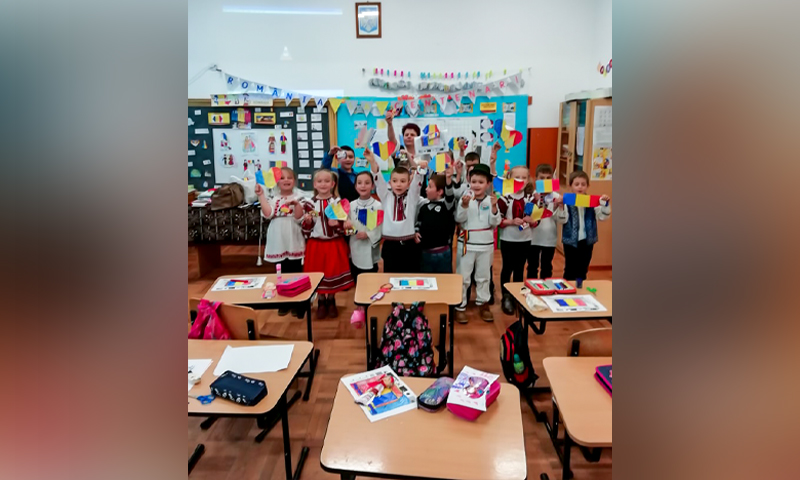
After taking the courses, we managed to share techniques and success stories to facilitate the transition to online during this period. We managed to do what we could, how we could, to ensure the education of the children and to be together. My children were somewhat accustomed to certain online applications and tools that I used in the eTwinning projects we are enrolled in. What was hard for them to understand was the fact that in these projects we were working at school, we were together! We did not need to see each other through a screen! At first, it was very difficult for them to accept this!
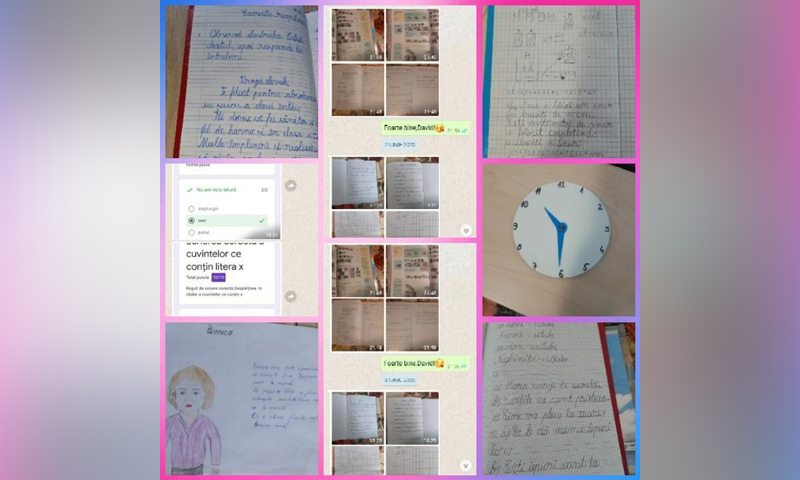
They are first grade children, eager to socialize, eager to show the lady how they wrote the three letters beautifully, which allowed them to continue writing, eager to play, eager to go to the blackboard. Over time they understood that this way work is very important for our health and easy, easy things have come in handy! For me, it is important that during virtual lessons, they talk and hear them – I feel that this provokes, in a good way, the more emotional students. They are always eager to see us in the room, to share our fears, achievements, to actively participate in learning.
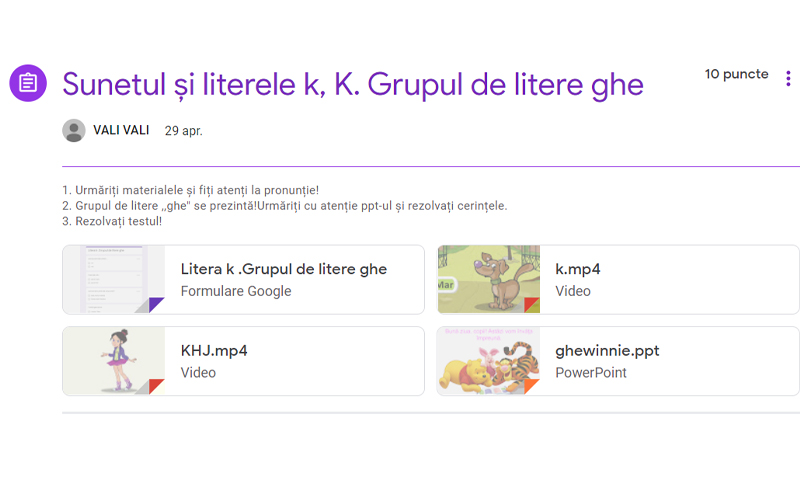
Moving online courses encourages students to have more autonomy in learning, making the most of their creativity. At the same time, the temporary relocation of the online learning process can support the pace of learning and can increase students’ confidence in their abilities and resources. Communication in these pandemic months was through several channels of communication. Initially, the materials were submitted by creating a questionnaire theme in Google Classroom.
The students studied the transmitted materials, especially since in the first grade, handwriting is learned, in the loading materials there was always a writing model, accompanied by explanations and a recording in which I executed the model letter. In Mathematics and Environmental Exploration, too, each new lesson was punctuated by explanations. After studying the materials, we met in ZOOM, where we deepened the materials sent after which the requirements for individual work and sending solutions were made on WhatsApp. To verify what was taught, we applied a questionnaire in Google Classroom, or this verification was done through a Kahoot, LearningApps, Wisc-online, Mind Master, Scratch, Word Wall, I am a puzzle, Voki and Story Jumper But as far as we know, no matter how empathetic we are, in a ZOOM or Google Meet, the child gets bored very quickly!
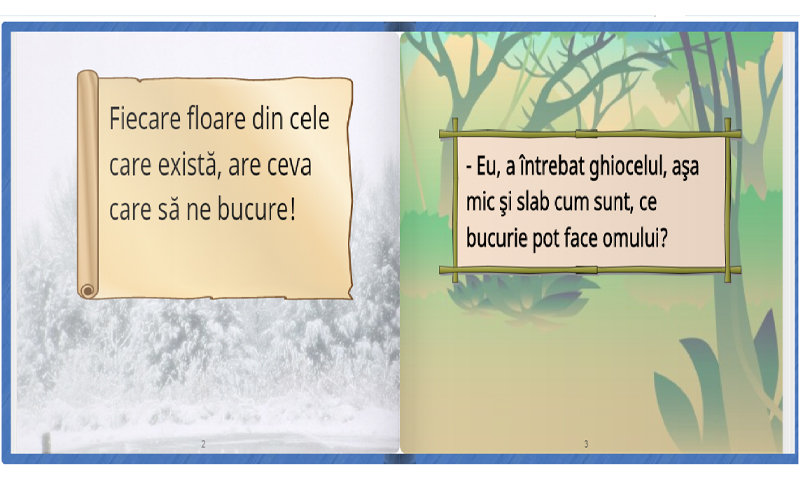
That is why I tried to capture their attention every time with something that determines them to enter the activity, to develop the subject, to express their opinion. Below I present a sequence from a Personal Development lesson, which had as its theme:
“How responsible are we in this period of a pandemic?”. The lesson followed with responsibility and how they can organize themselves during this period, how hard they are, how they can improve the way they learn, how they participate in the family in various activities. I chose as a starting point the work of Eugen Jianu: “The Legend of the Snowdrop”.
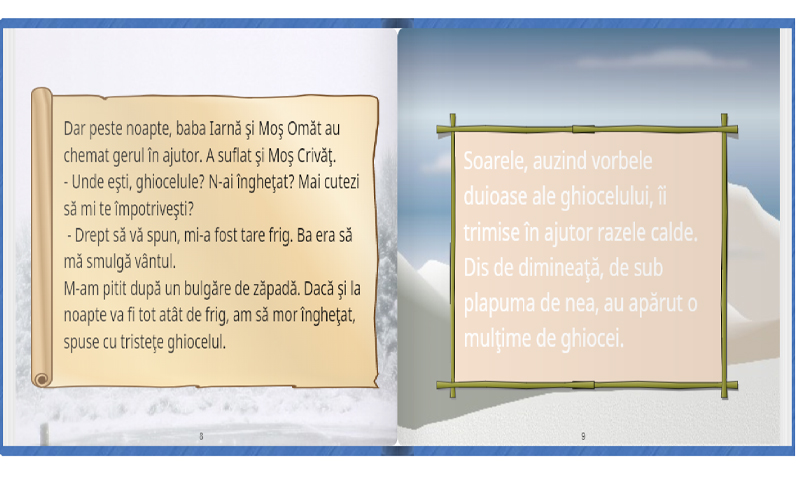
The lesson took place in a ZOOM. After the presentation of the text, discussions took place intending to form a responsible attitude. They brainstormed starting from the word responsibility, they made analogies finding a correspondent in the real world, they gave examples of good, bad, responsible characters. The lesson ended with a work task that aimed at describing one’s person, a description that would include soul elements that would also highlight responsibility.
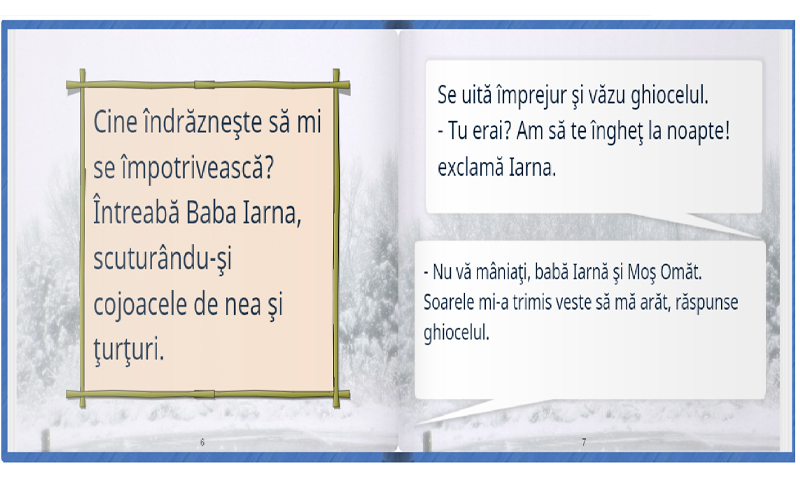
I present to you the work of Eugen Jianu: “The Legend of the Snowdrop”, which I presented through the Jump Story & Mind Master application. The introduction of the Internet and modern technologies in the school leads to important changes in the educational process. Thus, the act of learning is no longer considered to be the effect of the teacher’s efforts and work, but the fruit of the students’ interaction with the computer and of the collaboration with the teacher.
This change in the education system has pursued some well-structured objectives, namely:
- Increasing the efficiency of learning activities
- Development of communication skills and individual study
Like any other learning method, this computer-assisted training has advantages and disadvantages.
As advantages we can mention: stimulating the capacity for innovative learning, adaptable to conditions of rapid social change; increasing the efficiency of coherent acquisition of knowledge through appreciation immediate response of students; strengthening students’ motivation in the learning process; installation of the climate of self overcoming, competitiveness; development of visual culture; awareness of the fact that the notions learned will later find their utility; facilities for fast data processing, performing calculations, displaying results, making graphs, tables; introducing a cognitive style, efficient, a style of independent work; ensures the choice and use of appropriate strategies for solving various applications; ensuring a permanent feedback, the teacher having the possibility to redesign the activity according to the previous sequence; develops thinking so that starting from a general way of solving a problem the student finds his own answer for a concrete problem; stimulating logical thinking and imagination; various pedagogical methods; the relational perspective is improved by establishing a human and social relationship between the educated and the educator.
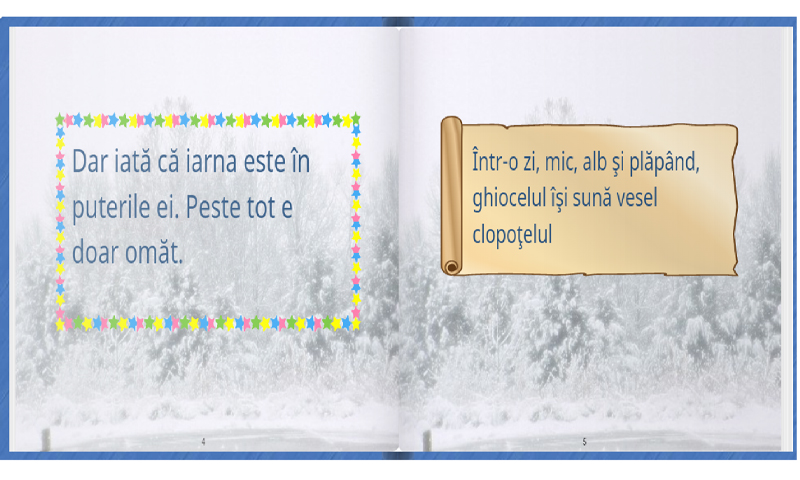
However, we also have disadvantages: excessive use of the computer can lead to loss of practical skills, calculation and investigation of reality; excessive individualization of learning leads to the denial of teacher-student dialogue; random use of the computer without a precise purpose during classes can cause boredom, monotony; the high costs of the latest technology which is an impediment for a large part of the Romanian population and is accessible to people with a good financial situation. We were able to present some ideas, but we all know that the internet is very useful in learning, both for children and adults. For the little ones, the technology is attractive, and for the big ones, there must be a strong motivation to use it effectively.
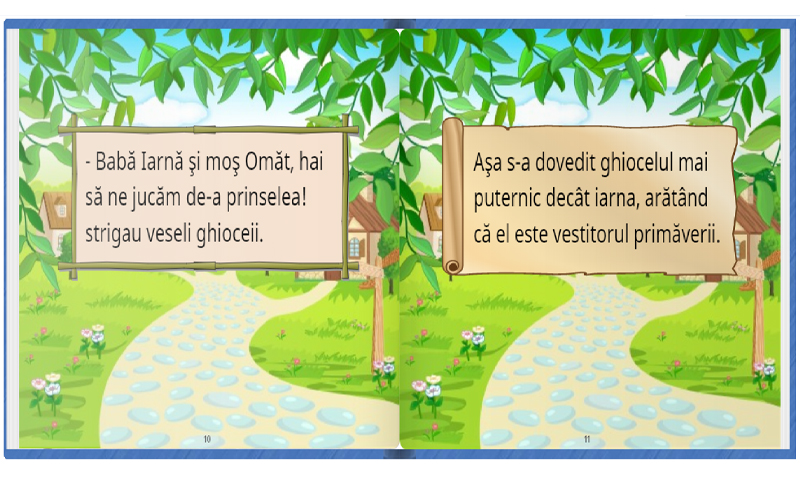
I concluded that technology can not only help to learn, but it is essential!
Online training is a growing challenge at the traditional boundaries between education and training. Our training should result in maintaining children’s joy of learning in any context that does not feel abandoned by the adults around them. For my students, adapting to the online environment has gone on I can say very well!




